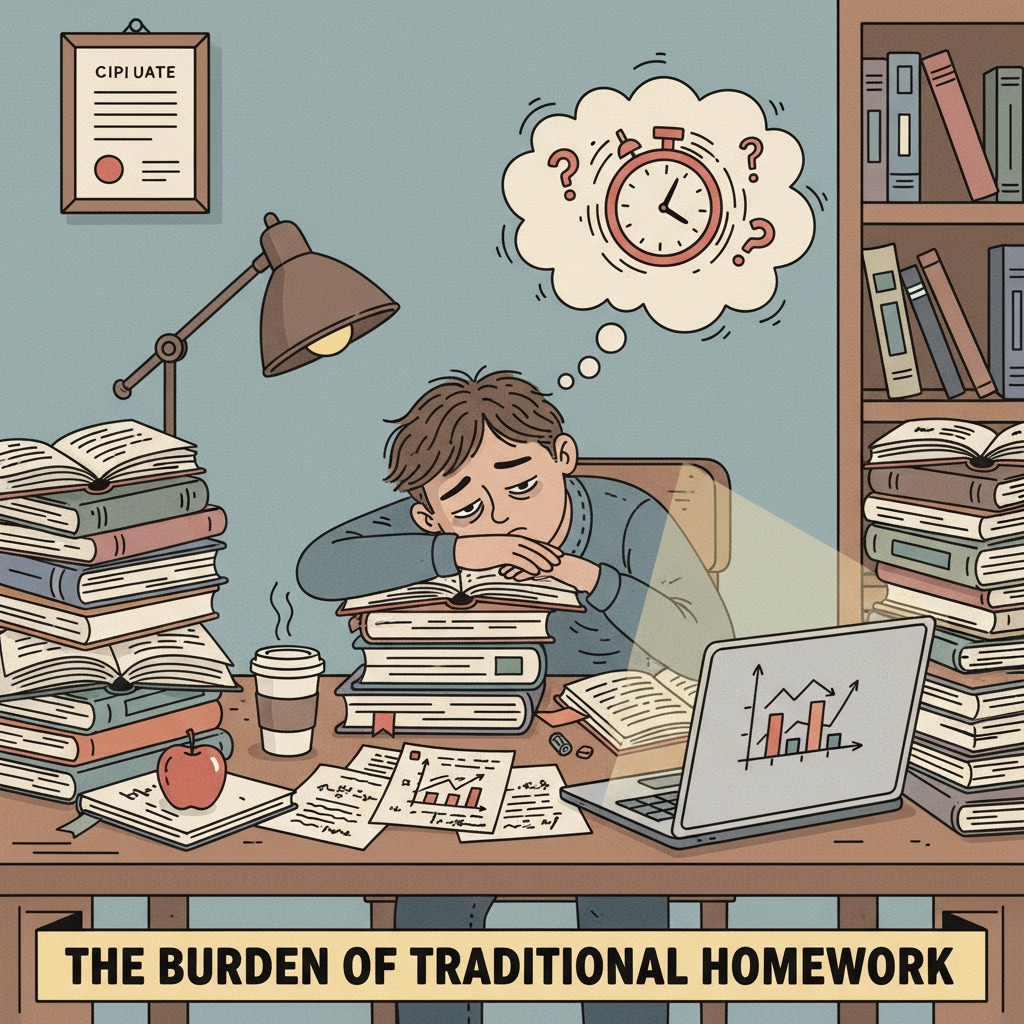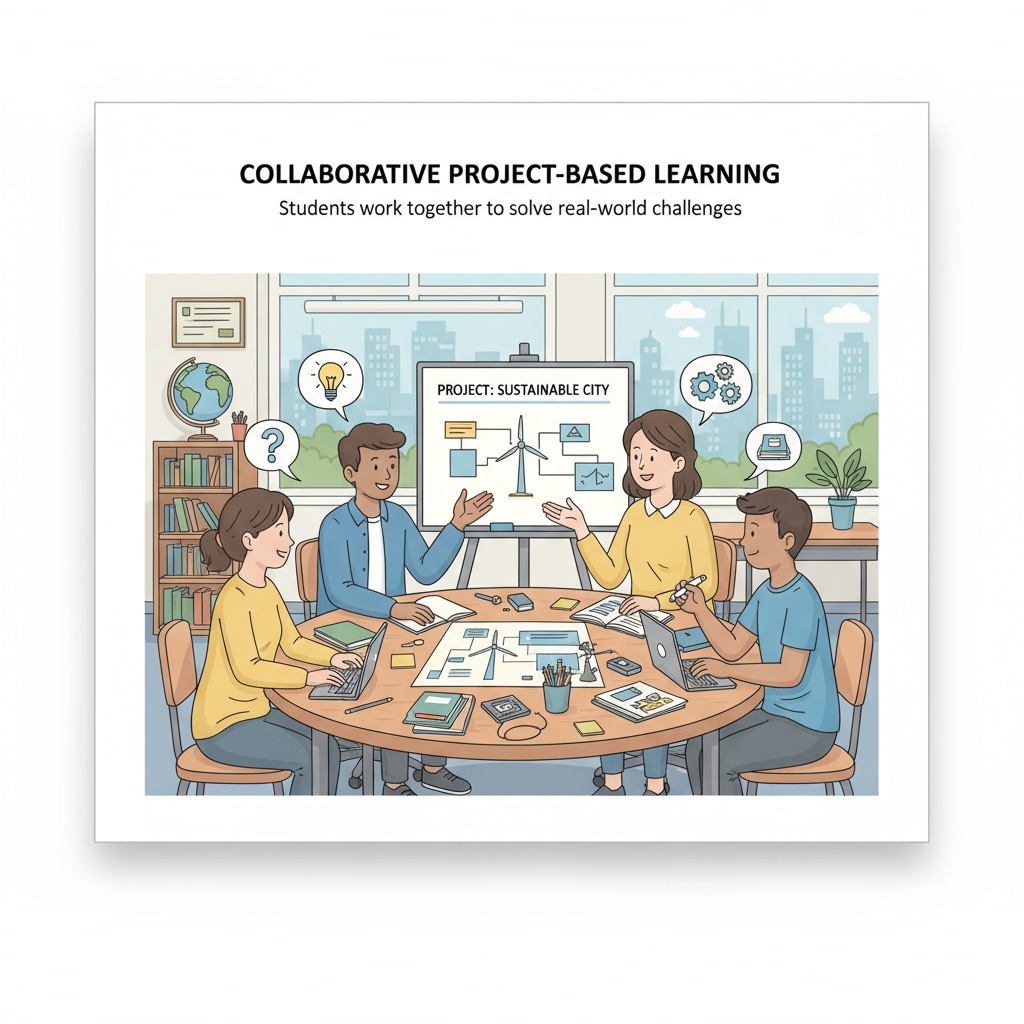Alternative to traditional homework, project – based learning, and flipped classroom are becoming increasingly important in K12 education. For years, traditional homework has been a staple in students’ learning process. However, it has shown several limitations that are affecting students’ learning experience and outcomes. Let’s first take a look at what these limitations are.
The Drawbacks of Traditional Homework
Traditional homework often means hours of repetitive tasks, which can lead to student burnout. For example, students may be required to do numerous math problems or copy vocabulary words multiple times. This not only makes learning uninteresting but also takes up a significant amount of their free time. According to a report from the National Education Association, excessive homework can cause stress and anxiety among students, which is detrimental to their overall well – being.

Project – based Learning as an Alternative
Project – based learning is a powerful alternative to traditional homework. In this approach, students work on real – world projects that require them to apply knowledge from various subjects. For instance, they might design a sustainable city, which involves understanding architecture, environmental science, and social studies. This hands – on learning method encourages students to be creative, think critically, and solve problems independently. As stated by Edutopia, project – based learning helps students develop essential skills such as communication, collaboration, and time management.

Moreover, project – based learning allows students to take ownership of their learning. They get to choose topics that interest them, set goals, and determine the steps to complete the project. This autonomy boosts their motivation and engagement in the learning process.
The Flipped Classroom Model
The flipped classroom is another innovative strategy that can replace traditional homework. In a flipped classroom, students watch video lectures or read materials at home, which was traditionally done in the classroom. Then, in – class time is used for discussions, problem – solving, and hands – on activities. This model flips the traditional learning structure, enabling students to learn at their own pace outside of class and get immediate feedback from teachers and peers during class. For example, a science teacher might record video explanations of complex concepts for students to watch at home. Then, in class, students can conduct experiments and discuss their findings.
This model also promotes active learning. Instead of passively listening to a lecture in class, students are actively involved in discussions and activities, which helps them better understand and retain information.
In conclusion, alternative to traditional homework, such as project – based learning and flipped classroom, offer great potential in K12 education. These strategies can not only reduce the burden on students but also enhance their learning experience and develop important skills for their future. By embracing these innovative learning strategies, we can create a more engaging and effective learning environment for students.
Readability guidance: Short paragraphs and lists are used to summarize key points. Each H2 section has a list or clear explanation. Passive voice and long sentences are controlled, and transition words are added throughout the text to make it more coherent.


